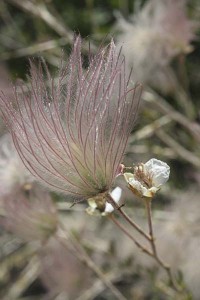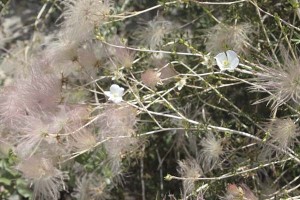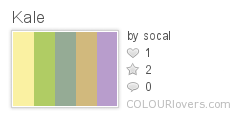Not long ago one of John’s friends, a florist, stopped by the house for a visit. She brought with her a single long-stemmed red rose in a tall vase. When I came home there was the flower, huge, red, perfect and scentless, sitting on the counter.
As you might guess from my title, there’s a good chance I might have an uncomfortable relationship with flowers from a florist. If you go to someone’s house and want to give them something special, do you stop by the grocery and pick up a pound of tomatoes as a host or hostess gift? Of course not. You’d pick some from your garden and share something special, something seasonal, something that gives of yourself and your garden. For me a store tomato has always shared something with a florist’s rose. What you hold in your hands might be cosmetically stunning, but it leaves me with a question…what is this thing, anyway? Is it botanical? Or maybe some industrial product?
It just so happened that a couple nights before I’d finished reading Amy Stewart’s 2007 book, Flower Confidential. If you don’t know her as an author of books, you might know her as the woman behind the blog, Dirt. And if you don’t know the book, it’s basically a look inside the cut-flower industry and reveals it to be just that: an industry. The three big sections of the book, “Breeding,” “Growing” and “Selling” may well explode any warm and fuzzies you might have about the florist trade, and show it to be possibly worse for the environment, workers and public health than the part of big agribusiness dedicated to food crops.
Here are just a few snippets:
[U]nlike imported fruits and vegetables, flowers are not tested for illegal pesticide residue. After all, they’re not going to be eaten. That creates a situation in which growers have an incentive to use the maximum amount of pesticides to eliminate the possibility of a single gnat turning up in a box.
The complaints about labor and environmental problems have been part of the flower industry’s legacy for as long as it has been in Latin America. Although the situation has been thoroughly reported by investigative journalists, it doesn’t appear to have changed American’s buying habits. Every year, a greater share of flowers sold in the United States come from Latin America. Over the last decade, sales of domestically grown roses have dropped from almost 500 million to just under 100 million. Meanwhile, imports of cut roses have increased to over 1.3 billion stems a year.
At the grocery store, I can buy organic wine, fair-trade chocolate, and hormone-free milk from a local creamery. But the flowers in buckets by the cash register are unlabeled, unmarked, entirely undifferentiated. There’s no basis on which to compare and choose, except for price… The anonymity of cut flowers has made it impossible for customers to demand anything different.
There’s a lot more to the book than rants against the trade, and it’s a worthwhile read if you’d like to know more about what you find at the store.
Several days after the perfect florist’s rose finally passed on to the next plane in the way that florist’s roses do–without opening up, without showing the stamens and pistils that are a flower’s very reason for existing–Linda showed up at the house with a bouquet of roses from her garden. Even before I saw them I knew there were roses in her hands. There was a breeze coming in the front door, and there was scent of roses coloring the air.
Over the next days the roses proceeded to do what roses do. They opened. They continued to release their scents. And in a couple more days they’ll start to drop their petals and fade. They participate in a natural process in a way that their more primped runner-up in a beauty pageant relative does not, and I appreciate them for that.



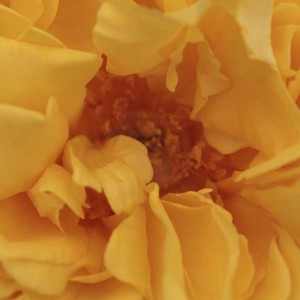
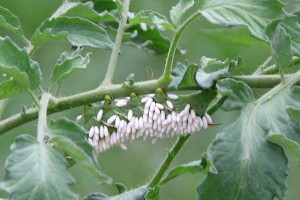

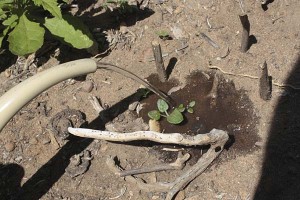




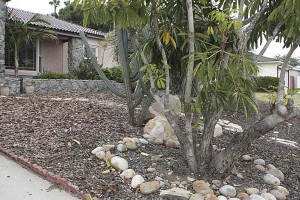


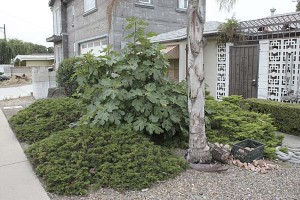


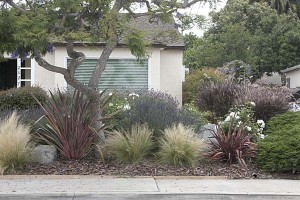
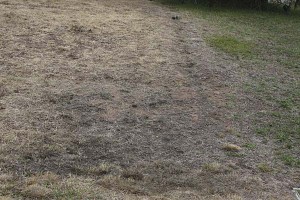



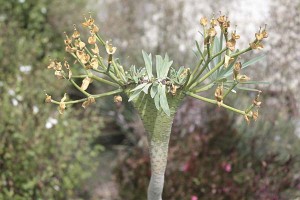
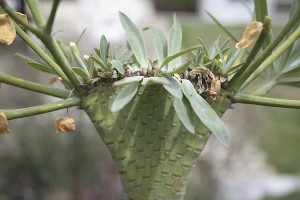
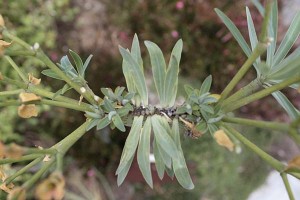
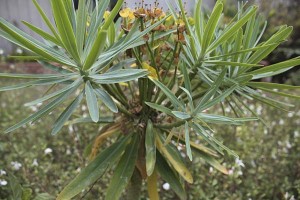

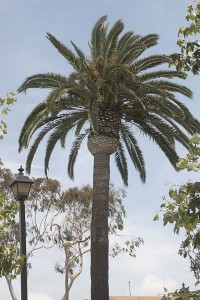
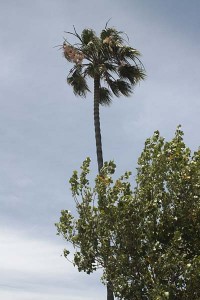
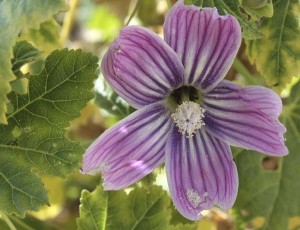
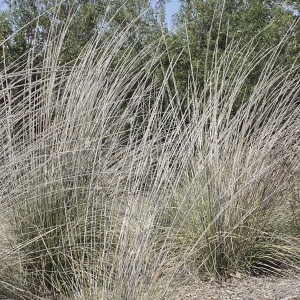
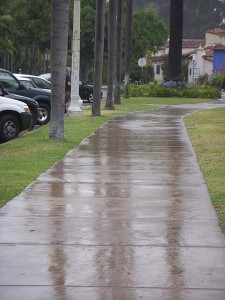
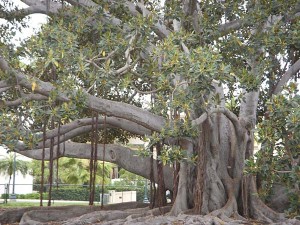

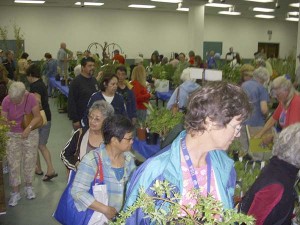
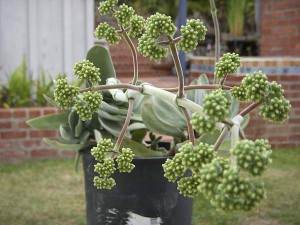
 A plant that was a big hit with many of the bloggers who made it to Chicago for the recent Garden Bloggers Spring Fling was prairie smoke, Geum trifolium. I didn’t make it to Chicago, and I’ve never seen prairie smoke in person. But it looked like I’d have been as struck with it as all the bloggers who witnessed its terrific puffball seedheads in real life.
A plant that was a big hit with many of the bloggers who made it to Chicago for the recent Garden Bloggers Spring Fling was prairie smoke, Geum trifolium. I didn’t make it to Chicago, and I’ve never seen prairie smoke in person. But it looked like I’d have been as struck with it as all the bloggers who witnessed its terrific puffball seedheads in real life.